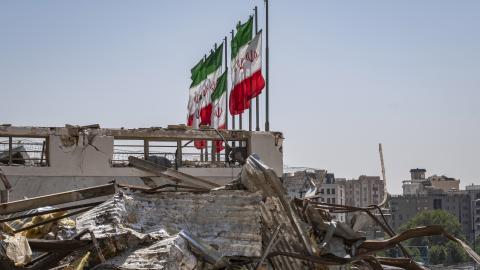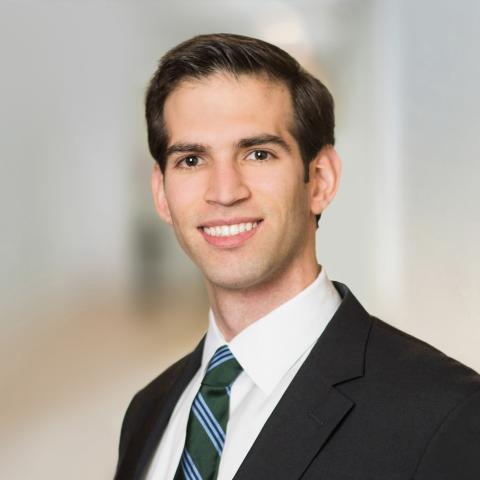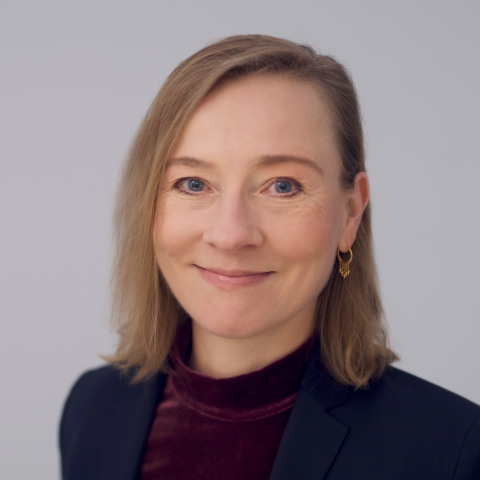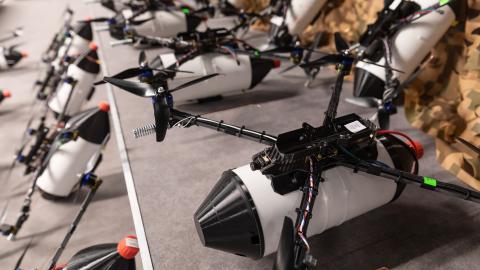
14
November 2024
Past Event
100 Days of the Kursk Operation: What the US Can Do to Help Ukraine
100 Days of the Kursk Operation: What the US Can Do to Help Ukraine
Past Event
Online Only
November 14, 2024
Share:
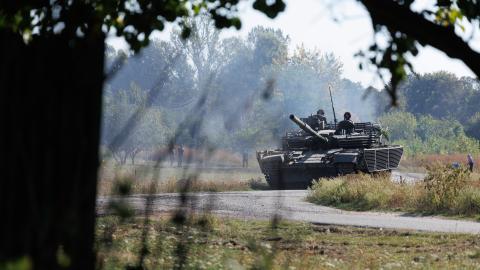
Caption
Ukrainian tank driving on September 16, 2024, in Kursk Region, Russia. (Oleg Palchyk via Getty Images)
Related Events
21
July 2025
In-Person Event | Hudson Institute
Tokyo as a Window for Global Japan: A Conversation with Governor Yuriko Koike
Featured Speakers:
Yuriko Koike
Kenneth R. Weinstein

21
July 2025
In-Person Event | Hudson Institute
Building a Flexible Force: Modular Weapons and the Future of Defense
Featured Speakers:
Angel Crespo
Ben Nicholson
Eric Hostetler
Colonel (Ret.) Tim Fuhrman
Gordon LoPresti
Moderators:
Bryan Clark
Nadia Schadlow
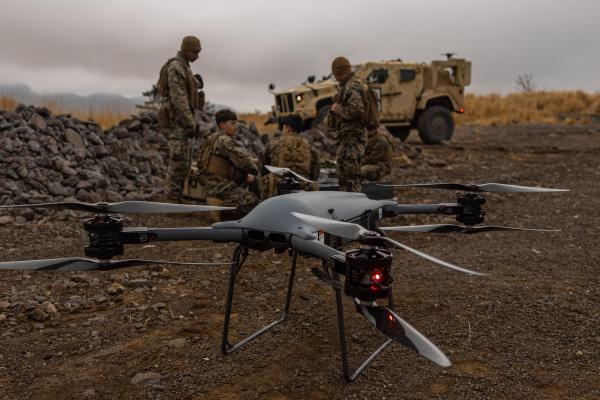
21
July 2025
In-Person Event | Hudson Institute
Building a Flexible Force: Modular Weapons and the Future of Defense
Senior Fellows Bryan Clark and Nadia Schadlow will host military and industry experts to discuss this new approach to weapon development and the DoD’s progress in fielding adaptable, scalable weapons systems.

Featured Speakers:
Angel Crespo
Ben Nicholson
Eric Hostetler
Colonel (Ret.) Tim Fuhrman
Gordon LoPresti
Moderators:
Bryan Clark
Nadia Schadlow
22
July 2025
Virtual Event | Online Only
How Trump’s Tariffs Will Affect US-Taiwan Relations
Featured Speakers:
Chang-Tai Hsieh
John Deng
Brad Setser
Riley Walters
Moderator:
Jason Hsu
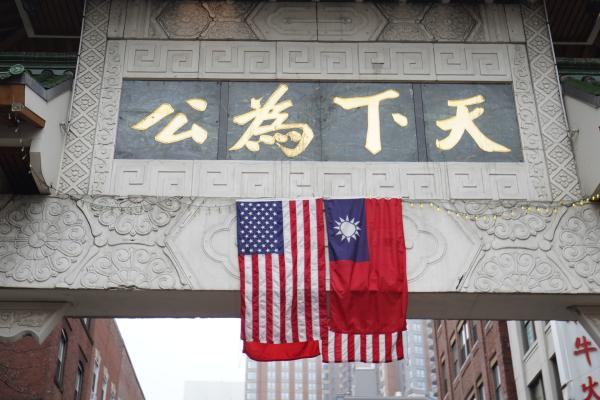
22
July 2025
Virtual Event | Online Only
How Trump’s Tariffs Will Affect US-Taiwan Relations
Join Hudson for a panel discussion with American and Taiwanese experts and former policymakers on how Taiwan can navigate economic headwinds, realign its trade strategy, and strengthen its resilience in the face of the rising Chinese threat.
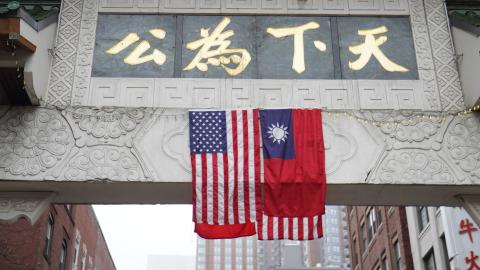
Featured Speakers:
Chang-Tai Hsieh
John Deng
Brad Setser
Riley Walters
Moderator:
Jason Hsu
23
July 2025
In-Person Event | Hudson Institute
Designating the Polisario Front: A Conversation with Rep. Joe Wilson
Featured Speakers:
Michael Doran
Congressman Joe Wilson
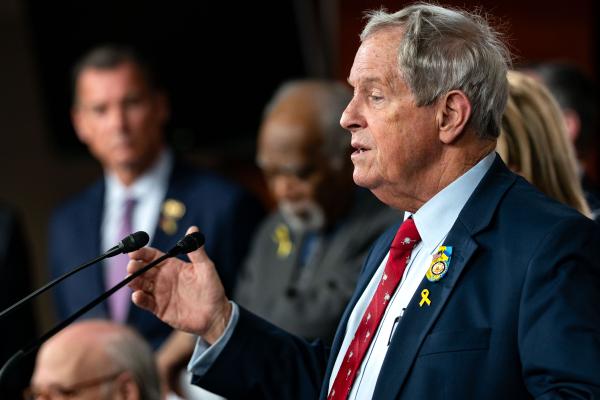
23
July 2025
In-Person Event | Hudson Institute
Designating the Polisario Front: A Conversation with Rep. Joe Wilson
Michael Doran, director of Hudson’s Center for Peace and Security in the Middle East, will host Congressman Joe Wilson (R-SC) for a discussion on the strategic benefits of designating the Polisario Front as a foreign terrorist organization (FTO).

Featured Speakers:
Michael Doran
Congressman Joe Wilson




